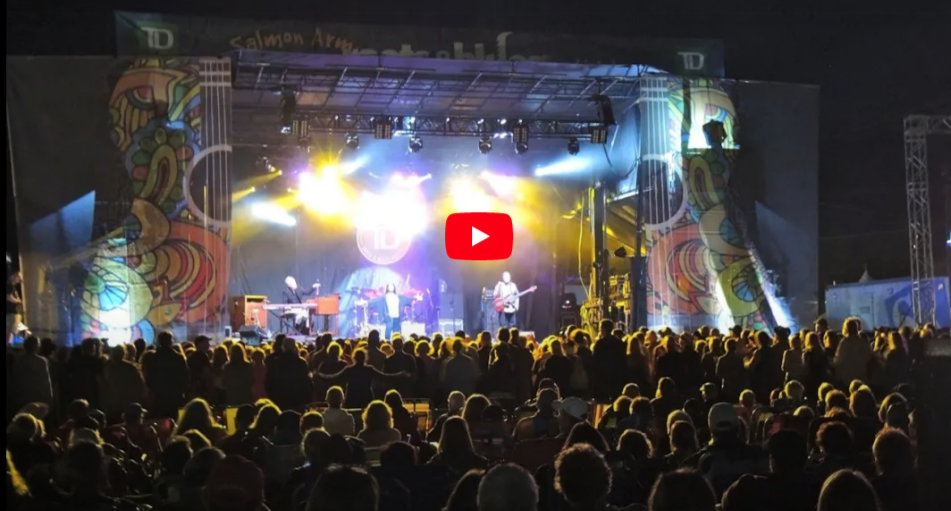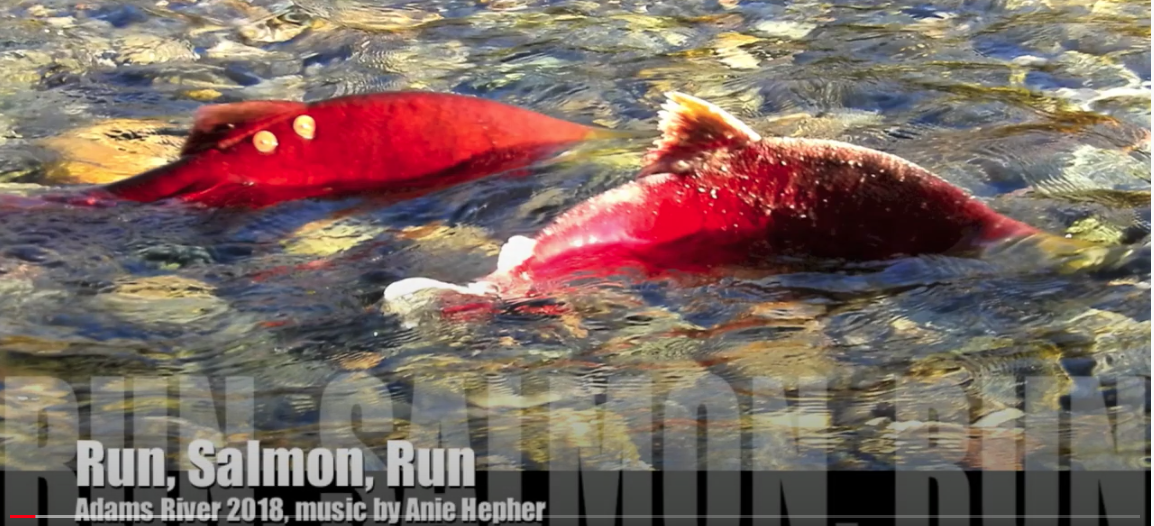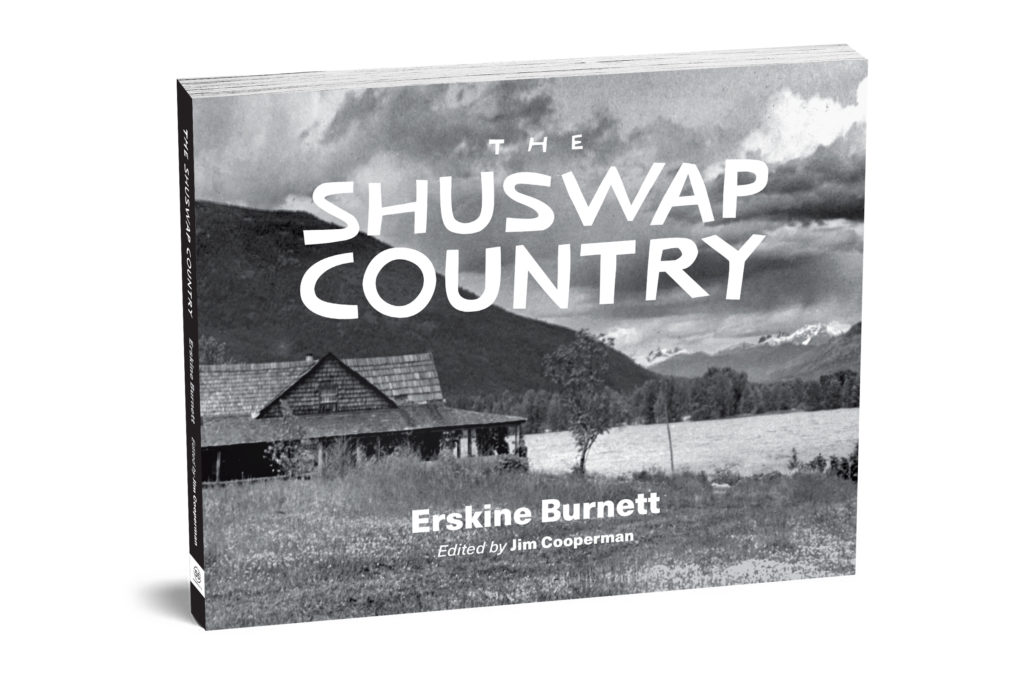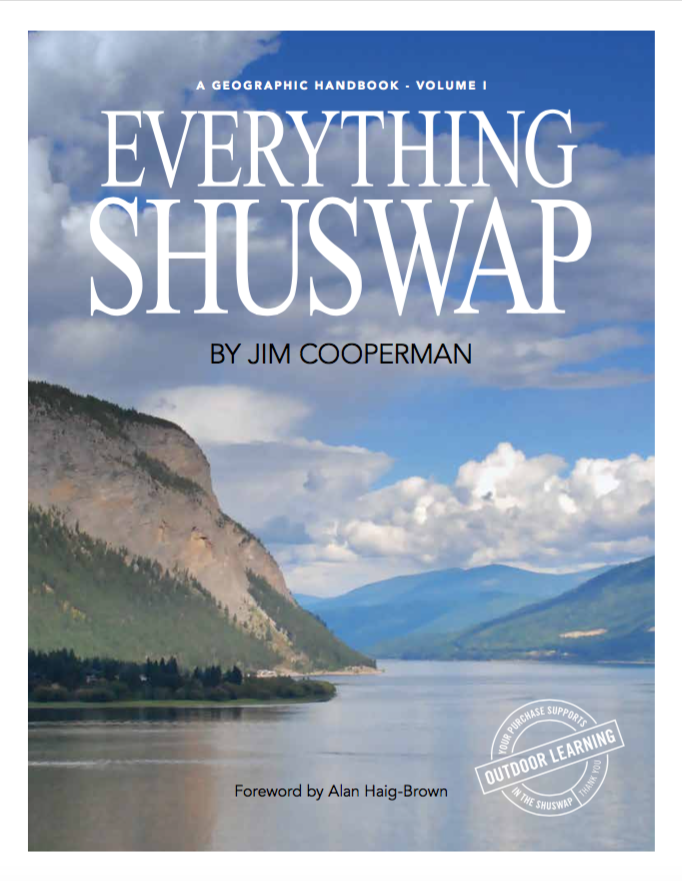
CKNW Jill Bennett show about the WorkSafe BC report on the 2023 Shuswap Firestorm
May 7th interview with Jim Cooperman [Edited]
Jill: As we get closer and further into what is often called wildfire season, we are learning more about a planned burn that took place in this province.
And a new report has been released from BC’s Worker Protection Agency saying that burn that was done during 2023 could have killed or injured several firefighters who became trapped by extreme fire behavior. And that extreme fire behavior cut off their escape. These reports that have been made by WorkSafe BC.
WorkSafe BC says The BC wildfire service did not adequately ensure safety during the burn in the Shuswap region. There was a controlled burn that took place in August of 2023 trapped a group of firefighters from Brazil who had to retreat to a safe zone. WorkSafe BC in this report says they also had to burn off fuel around their truck and then spend the night because of low visibility.
There was heavy smoke in the area as well as falling trees and more fire activity. They were picked up the next day by a crew that was able to cut their way into the site. This was a report that was first obtained by the Canadian Press, and there have been two other reports since then released.
These were provided by WorkSafe BC answering questions about the burn and what we know about it. Well, joining me now to talk more about this and what was happening in that area at the time is Jim Cooperman, an author as well as a conservationist. Jim Cooperman, thank you for being with us today.
Jim: Thank you for the opportunity.
Jill: You also spoke to the Canadian press in 2023, and you talked about a complaint that you had filed and what you saw happening in that area. What did you witness when that fire was burning?
Jim: Well, the night before the firestorm, the backburn was close to our home. It was about a kilometer or two above our place, our property, and it was immense.
A huge mushroom cloud. And then after dark, it was red the entire night. But in the morning the BC wildfire service announced that the backburn and that’s the colloquial name for it, was a success. And so, we, like others, breathed a bit of a sigh of relief. However, we were still worried about what might happen, knowing that there was a massive windstorm coming up.
It was early that afternoon that our daughter sent us an email with a photo that showed that the fire was right above Scotch Creek, and this was just shortly after 12 o’clock that afternoon. And she warned us to leave. My wife had everything packed up and ready to go. I just had to get the computers together and, we were fortunate to leave when we could because many other people became trapped as it took no time at all for that fire to get down to the highway.
It was on both sides of the road. People were driving out between, through flames, and then they couldn’t get out anymore and had to turn and go all the way to Seymour Arm. That fire also went all the way to Celista. Fortunately, the fire department went door to door and some people had only five minutes to leave their home before it burned down.
And all this happened before the CSRD, our regional district issued an evacuation order. It wasn’t issued until well after one o’clock for Scotch Creek, and that’s over an hour and a half after locals saw it up in the hills above. It wasn’t issued until well after four o’clock for Celista, after many homes had burned.
Nearly everybody who lives in the North Shuswap believes quite strongly that it was this backburn that burned us all down. Ever since then I’ve been pleading this issue with the government, and the media and everyone. I filed a complaint with the Forest Practices Board that is still under investigation.
There is now a draft report, but who knows how long it will take to finally make a determination. The Forest Practices Board can only determine whether the decision to light the back burn was reasonable. Because that’s all they can do within their legislative ability. And so was the wildfire service, which is part of the Ministry of Forest, supposed to be acting within the rules set out in the Wildfire Act.
Jill: Just to, to clarify, if people are unsure of the specific fire we’re talking about, are we’re talking about the northern shore of Shuswap Lake? Were these fires the East Adams Lake and the Bush Creek blazes that this back burn was supposed to be hopefully keeping at bay? Okay.
Jim: There were two fires. There was a fire on the west side of Adams Lake. And they called that Bush Creek East, which is kind of odd name for it since it was on the west side.
And then there was the Adams Lake East Fire. And that was on the east side of Adams Lake. When the windstorm hit, of course, both of those fires were affected. The one on the west side went all the way to Squilax and up into above Sorrento. It was one of the fastest moving wildfires that experts have ever seen.
It was that extreme. The fire on our side had blown up on the 16th. On the 17th of August, it was down in a canyon. The wildfire service was concerned that this was the fire that could burn the North Shuswap down. So, they did an aerial ignition at the very last minute knowing that the winds were coming.
They did this to burn off the material between the main fire and the community. But what indeed happened was when the wind shifted, which was a few hours before that it was predicted, it blew that same backburn into Lee Creek and into Scotch Creek. And into Celista.
The wildfire service maintains that it was the existing fire that did this damage, but now this report provides us with some proof that they are not telling the truth here. And you might wonder why the wildfire service would issue a notice the following day saying it was success, when they knew exactly that it wasn’t, as they were aware of their own teams that were trapped. They had helicopters in the air. I’ve seen a report from one of their officers that was in the helicopter at a specific time, just after eight o’clock reporting to the officers in charge that the fire had indeed breached the line, which was the power line and was headed to the community. And so, we can only guess that their reason to stick with this success line was to defer any blame on them from causing the damage. But now with this report we feel somewhat vindicated We also now have now the ammunition we need because what we’ve been seeking is accountability on the part of the government.
Yet, they would just prefer to avoid the whole topic and so on. But we lost 170 homes, a huge amount of forest, and people are still reeling on the North Shuswap. The economy’s been affected, people are still stressed because of what happened two years ago, and we have people that are homeless as a result. These are people that didn’t have insurance because they couldn’t afford it, or they weren’t allowed to get it because they lived too far from the fire hall. And, and it’s just totally unfair that the government would be in charge and light this back burn.
The other thing that’s in the report that’s significant is that they had no one on staff that had the credentials to light a fire like that, and there was no paperwork, there were no plans created. Normally to do a 10- to 13-kilometer-long aerial ignition with helicopters, which is like dripping napalm on the forest you have to come up with a written plan. And you must have a specialist to do it. They had neither.
Jill: The report says that an such an advanced operation like this one would have required an ignition specialist to be present, but there was not an ignition specialist present for this operation. I know, Jim, you have you maintained in 2023 that you felt it was the controlled burn, not the moving wildfires that caused all this damage. Do you think this report backs that up?
Jim: Definitely, you bet. Because we now know for sure that the fire moved out of its containment line and nearly burned their own crew. I mean, can you imagine trying to make an alternative explanation for what happened? That the existing fire, which was many kilometers over, hopped over the backburn and hopped over the fire that had escaped and, and then burned our community down.
That defies logic. When you look at the burn pattern from the satellite map, you can see that the existing fire was up against a massive green forest. It never budged inside that forest because it had crown closure. There are spruce and balsam trees there and it was damp.
The fire never went past that forest. The fire that burned us was indeed the backburn and it’s not just me that is saying that has been saying this. It’s just that I was the one that took the initiative to file the complaint. But everyone on the North Shuswap would say this. And if you talk to most experts, including foresters, and retired wildfire staff, they would all say this.
But the problem is that if you continue to work for the BC Forest Service or the Wildfire Service, you do not criticize them publicly or you face recrimination. That’s the way it works. Anybody that speaks out against the government ends up not being able to get permits and will get blacklisted. These people depend on their contracts and they don’t want to risk their economic future to tell the truth.
Jill: Jim, this report certainly does have some very interesting findings, and we’ll continue looking into this, but we’ll have to leave it there for today. Thank you for coming on the show and for talking more about it.






